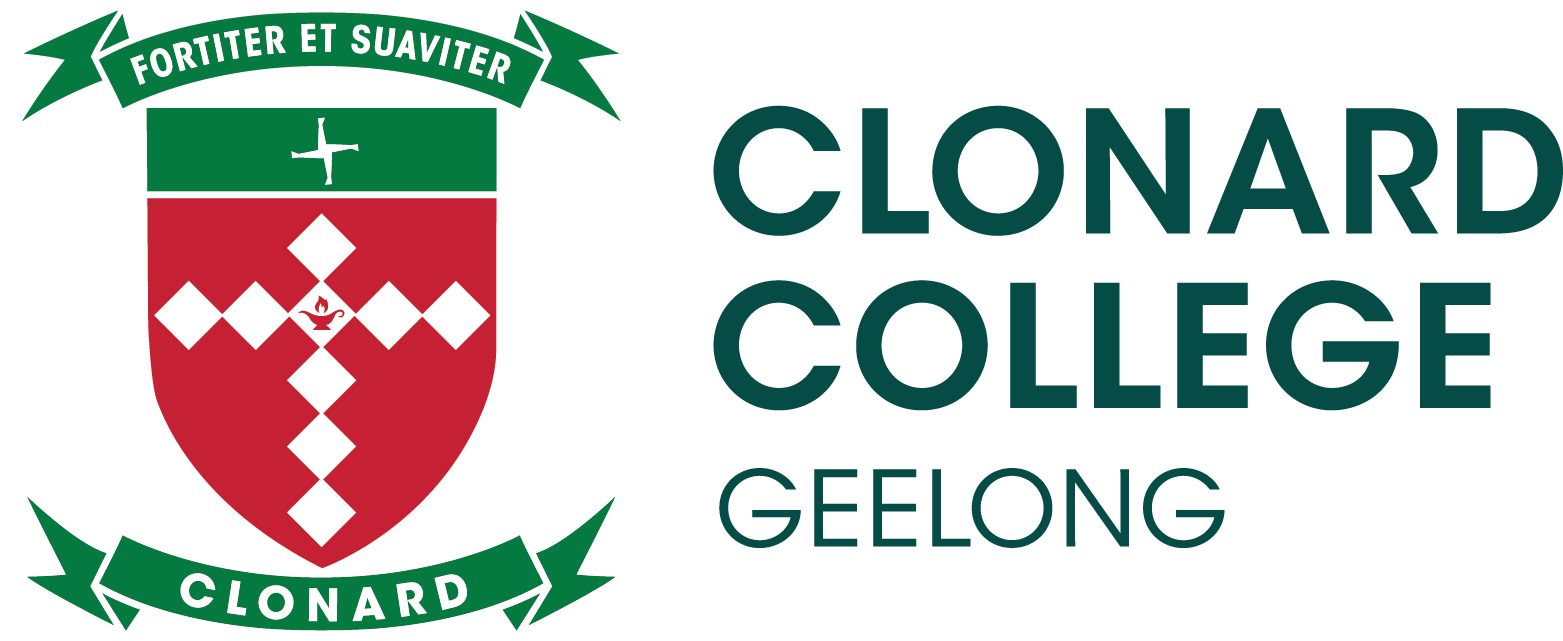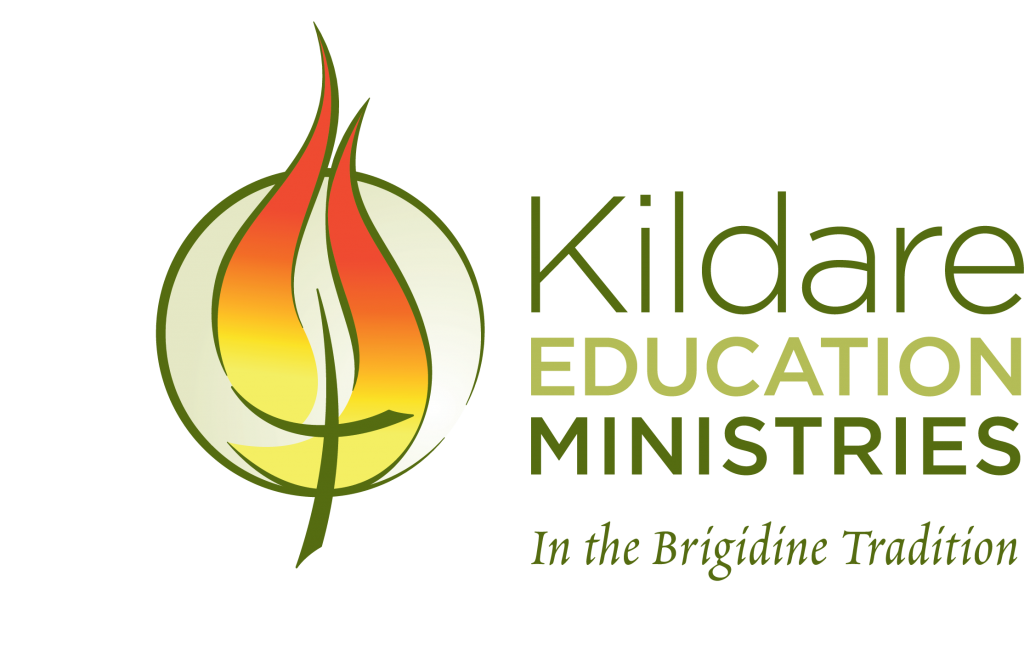Unit 1: Explore, expand and investigate
In this unit students explore materials, techniques and processes in a range of art forms including fabric print, dye and embellishment processes, fashion design, ceramics, painting, photography. They expand their knowledge and understanding of the characteristics, properties and application of materials used in art making. They explore selected materials to understand how they relate to specific art forms and how they can be used in the making of artworks. Students also explore the historical development of specific art forms and investigate how the characteristics, properties and use of materials and techniques have changed over time. Throughout their investigation students become aware of and understand the safe handling of materials they use. Students explore the different ways artists use materials, techniques and processes. The students’ exploration and experimentation with materials and techniques stimulates ideas, inspires different ways of working and enables a broad understanding of the specific art forms. Their exploration and experimentation is documented in both visual and written form in a Visual Arts journal.
Areas of Study:
- Explore – materials, techniques and art forms
- Expand – make, present and reflect
- Investigate – research and present
Unit 2: Understand, develop and resolve
In Unit 2 students continue to research how artworks are made by investigating how artists use aesthetic qualities to represent ideas in artworks. They broaden their investigation to understand how artworks are displayed to audiences, and how ideas are represented to communicate meaning through gallery visits.
Students respond to a set theme and progressively develop their own ideas. Students learn how to develop their ideas using materials, techniques and processes, and art elements and art principles. They consolidate these ideas to plan and make finished artworks, reflecting on their knowledge and understanding of the aesthetic qualities of artworks. The planning and development of at least one finished artwork are documented in their Visual Arts journal.
Students investigate how artists use art elements and art principles to develop aesthetic qualities and style in an artwork. Working in their Visual Arts journal they begin to discover and understand how each of the art elements and art principles can be combined to convey different emotions and expression in their own and others’ artworks. They also explore how art elements and art principles create visual language in artworks.
Areas of Study:
- Understand – ideas, artworks and exhibition
- Develop – theme, aesthetic qualities and style
- Resolve – ideas, subject matter and style
Unit 3 – Collect, extend and connect
In this unit students are actively engaged in art making using materials, techniques and processes. They explore contexts, subject matter and ideas to develop artworks in imaginative and creative ways. They also investigate how artists use visual language to represent ideas and meaning in artworks.
Students use their Visual Arts journal to record their art making and research of artists, artworks and collected ideas and also document the iterative and interrelated aspects of art making to connect the inspirations and influences they have researched. They also document their exploration of and experimentation with materials, techniques and processes and plan and develop artworks from these ideas.
Students present a critique of their artworks and evaluate their work and revise, refine and resolve their artworks.
Students will visit an at least two diverse exhibitions to give them an understanding of the exhibitions spaces, the breadth of artwork in current exhibitions and to provide a source of inspiration and influence for the artworks they make. Students research the exhibition of artworks in these exhibition spaces and the role a curator has in planning and writing information about an exhibition.
Areas of Study:
- Collect – inspirations, influences and images
- Extend – make, critique and reflect
- Connect – curate, design and propose
- Consolidate – refine and resolve
- Present – plan and critique
- Conserve – present and care


